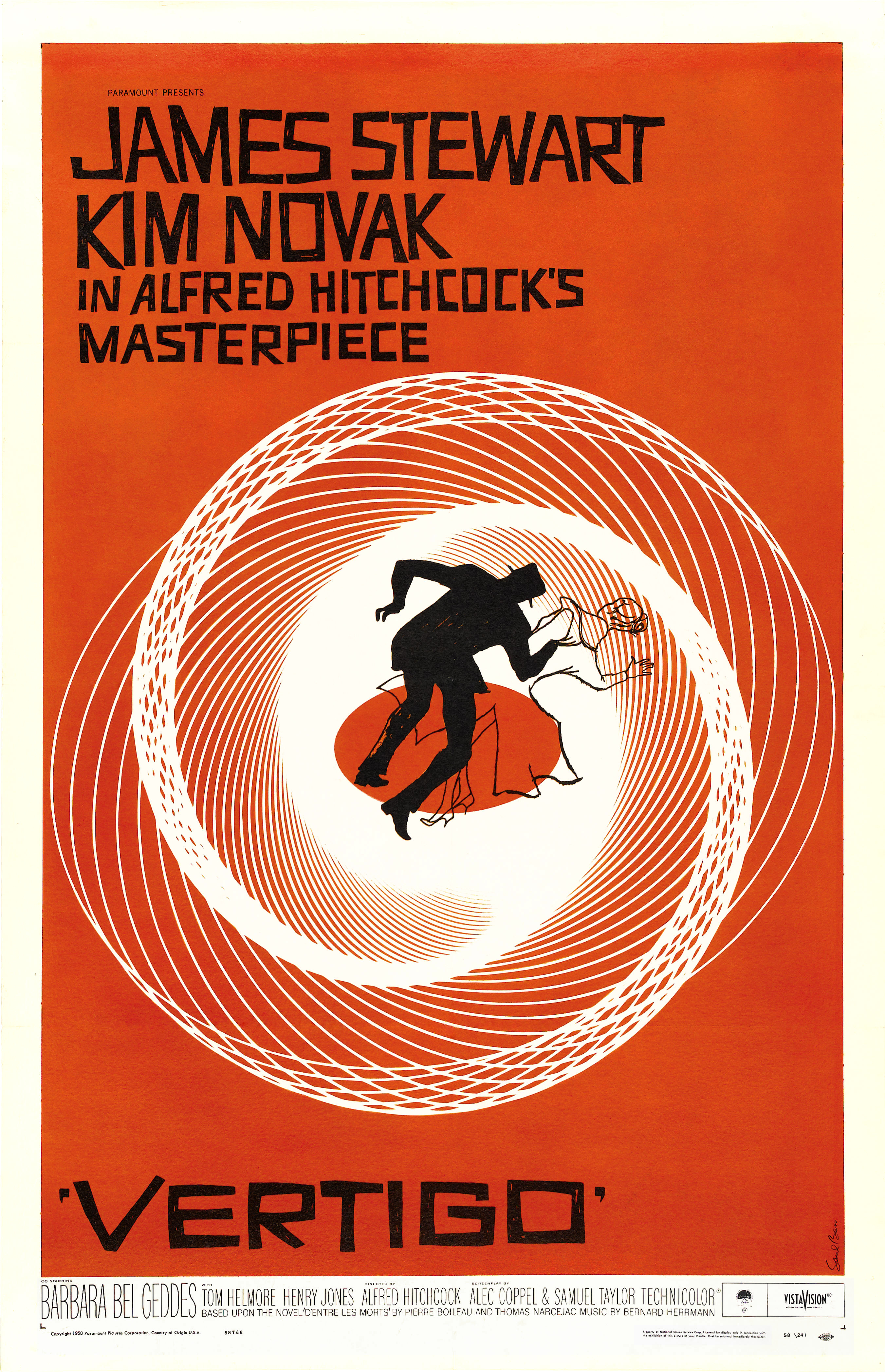One of the most interesting projects on which I have been working over the last few months is finally on paper — at least part of it (download available from the publications list). For once, there is even a better name than the usual acronym: it is “Vertigo”, from the Hitchcock 1958 movie. But the proper meaning of “the sensation of spinning or having one’s surroundings spin about them” (Wikipedia) is not irrelevant: the only difference is that the surroundings investigated by the project are the media surroundings, or a mix of media and “real world” surroundings. The main goal here is making possible a more enjoyable and interactive exploration of movies, videos, music (linear media in general) by shaping, following and sharing “media trails” or traces. As reported in the paper, this is an idea well rooted in the early history of hypertext. The work has been done in very close cooperation with Jukka Huhtamaki, researcher at the Hypermedia Lab of Tampere University of Technology, and Renata Guarneri, a former project colleague in MobiLife (with Siemens, one of the main industrial partners in the consortium led by Nokia) now Principal Technologist at CREATE-NET (I am consulting them on different initiatives), plus several people at various research organizations in Europe.Renata has just presented the paper at Digibiz 2009,
I am very grateful to Jukka, Renata, CREATE-NET and all the others for the opportunity to delve once again in the intriguing subject of bringing interactivity to screen based media and music, to the living room context in general.

It is now about ten years since the first time I tried some serious effort on the topic by contributing to an essay on TV and interactivity (in a book edited by Laura Tettamanzi and published with the sponsorship of Italian public broadcaster RAI). Ten years is a long span of time: we have seen the dotcom boom and bust, the social media explosion, the 3G come of age etc. Yet TV and movie watching haven’t changed that much — compared to music say. It is no chance that this work started with very inspiring discussions about Last.fm…


